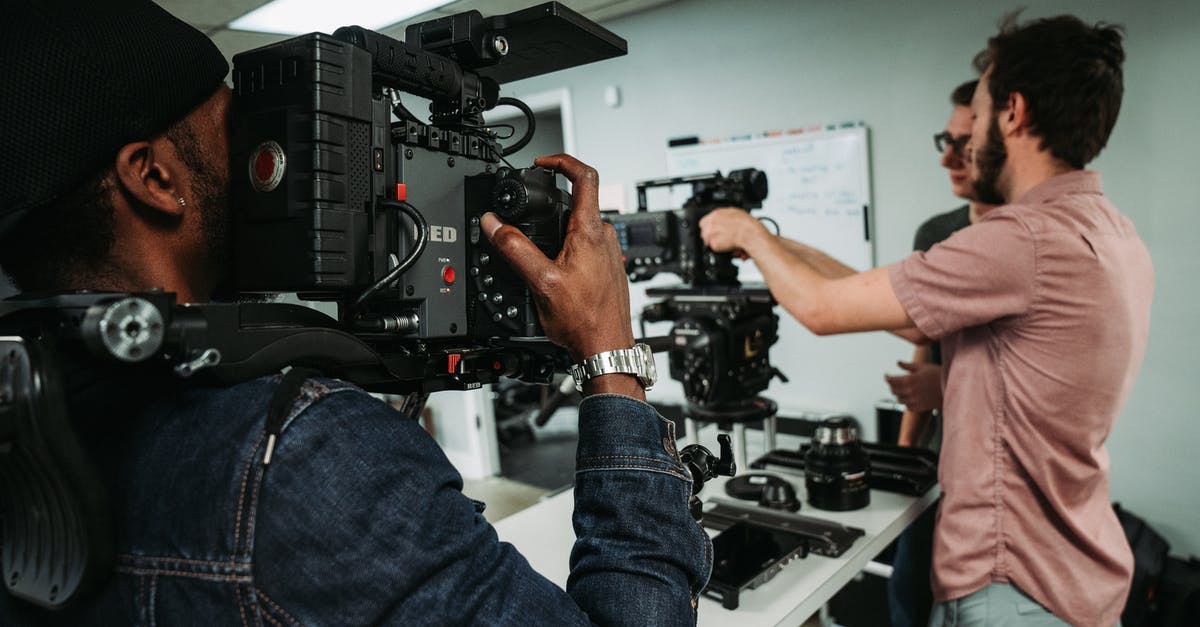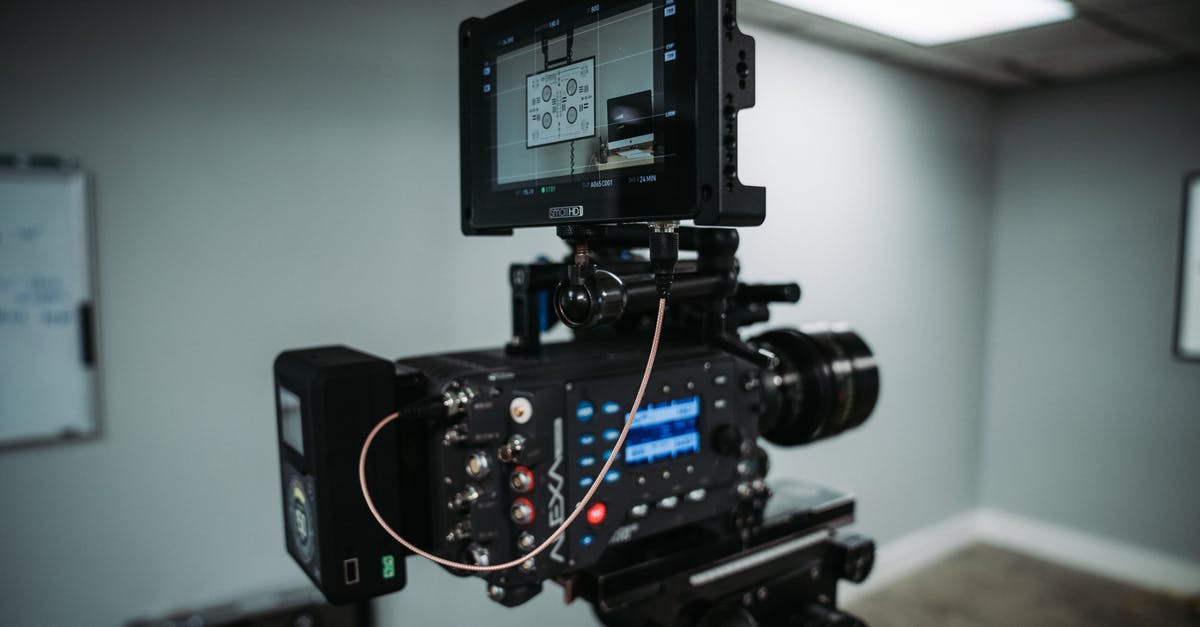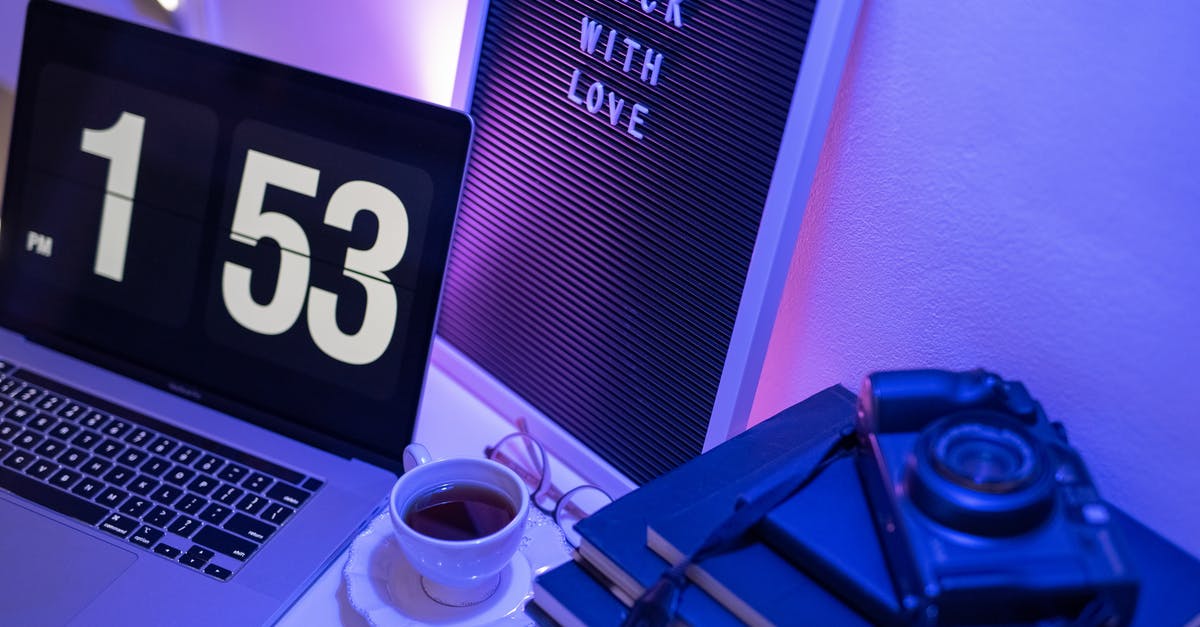Was the slightly shaky camera effect done "In the edit" of the Kingsman movies?

The fight scenes in the Kingsman movies, as well as being fairly brutal, are amazing bit of cinema - long shots following through the action, with a mostly steady camera taking in all the detail. I say mostly, because there is still a small but perceptible shake in there - which accentuates the impact of the action. This is different to a lot of other movies where quick cuts and a exaggerated shake are used more to mask how a long fight is really a sequence of short choreographed parts.
I was watching CinemaWins, and in both videos for Kingsman, he mentions that the shake was actually done "In the edit" by the director.
Is this true that it was deliberately introduced as an effect after filming the scene?
Best Answer
You should be able to see whether or not the camera effects are real: real camera shake changes the point of view, which will be obvious through parallax, whereas in post-production the image is completely flat, and will only shake in its entirety, without signs of parallax.
Watching the well-known bar fight+ from the first movie, and skipping frames through the 'shaky bits' of the scene, like this one, by pausing and using . (and , to go back a frame), we can see that this shake is fake: there is no parallax occurring between Harry Hart's trousers and the background, or the edge of the bar and the shelves filled with glasses behind it.
I think you can actually feel this fakeness, but opting for fake shake might work better than not having that sense of impact at all.However, in the church fight scene, there is more shakiness, that is partially due to the filming method: although highly choreographed, following Hart's movements throughout the building and focusing on different adversaries at specific times would still be a highly impromptu task, necessitating desired additional shakes to be done in post for proper timing.
Still, the general shakes seem real here - but with so many moving entities in the background, an illusion of shake would stand up easier as well, since there are no two static overlapping points to compare.
It looks like some additional shakes were added in this scene by zooming in the image (in post).
Based on this preliminary analysis, I'd say some shakes are actual camera movements, but most are done in post-production (caused by zooming, panning, adding jitter, or removing frames).
A combination of both methods would work as well: adding jitter in post to a camera shot that had a controlled shake already.
As a side note, I can imagine there being methods to counteract the fakeness of post-production shakes: by using two (or more) cameras while shooting for example, so a stereoscopic effect could be achieved in post.
Or when using CGI (like bodies flying through the air and takes against green screen, as can be seen in these movies) I imagine most shakes will be done with the virtual camera, pre-render.
Pictures about "Was the slightly shaky camera effect done "In the edit" of the Kingsman movies?"



Edgar Wright - How to Do Visual Comedy
Sources: Stack Exchange - This article follows the attribution requirements of Stack Exchange and is licensed under CC BY-SA 3.0.
Images: Joslyn Pickens, CineDirektor FILMS, CineDirektor FILMS, Olya Kobruseva
